ARBARO
POLINA LIMYE
ARBARO
With ecological research at the center of her intersecting artistic interests, multimedia artist Polina Limyè has been researching the theme of forest for many years. The forest as an ecosystem, a metaphor, a place where everything grows by itself and stretches vertically. Quoting Dante, "having gone through half of my earthly life, I found myself in a gloomy forest," the forest as a circumstance through which the hero must obligatory pass in order to change. Through her work, the artist provides the viewer with a new space for thinking about environmental issues with the help of new media.
The total installation ARBARO ("forest" in Esperanto) addresses the theme of the vulnerability of landscape and future of nature, commenting on how often we observe wildlife through various devices. ARBARO is a reference to the Voynich manuscript, an illustrated 15th-century codex written by an unknown author in an unknown language using an unknown alphabet. Out of the 300 plants described in the book, only about 30 actually exist. This work, which came out of the artist's concern about the impact of human intervention in natural processes, consists of a vertical object, produced from recycled plastic, a floor-to-ceiling video projection and surround-sound environment, exploring humming and other vocal practices self-recorded by the artist. Video content for the project is using the textures and shapes of the living plants through distortion, as if the artist had never seen them live and was trying to understand what they were like, how they grew, what influenced them.
The artist was struck by the existence of the Voynich manuscript. It is not clear who and why was inventing these non-existent plants and describing them in an unknown language. Limyè compares it to artistic practice in general - artists create because they can't help doing it.
Focusing on planting forests and restoring biodiversity, Limyè produced the concept of ARBARO, which is challenging conventional thinking about forestry. ARBARO is more than an art installation, it confronts political and social debate in order to provoke a drift in the overall conversation.
Limyè strikes a hopeful note, exploiting ways to address the problems by looking at them through a hybrid art lens. The artist investigates environmental issues and mobilizes action to solve them. She works to restore forestry in collaboration with eco activists and organizations, responsible for raising funds, replanting forests. This installation "greens" the planet by collecting the funds from the video art based NFT sales and later on redirecting them towards planting new trees in the regions where it's needed most.
People are becoming more comfortable in the simulated world than in the real one. ARBARO offers a critique of our relationship with nature today, which is seemingly more distant than our connection to electronic media. Mankind watches a lot from the screens of smartphones - including nature. Often a small screen replaces a walk where one can observe a living ecosystem. What if in a few decades humanity will not be able to observe nature live, the only remains will be archives and images. It frames the question of how we could "recreate" the forest from them?
The total installation ARBARO ("forest" in Esperanto) addresses the theme of the vulnerability of landscape and future of nature, commenting on how often we observe wildlife through various devices. ARBARO is a reference to the Voynich manuscript, an illustrated 15th-century codex written by an unknown author in an unknown language using an unknown alphabet. Out of the 300 plants described in the book, only about 30 actually exist. This work, which came out of the artist's concern about the impact of human intervention in natural processes, consists of a vertical object, produced from recycled plastic, a floor-to-ceiling video projection and surround-sound environment, exploring humming and other vocal practices self-recorded by the artist. Video content for the project is using the textures and shapes of the living plants through distortion, as if the artist had never seen them live and was trying to understand what they were like, how they grew, what influenced them.
The artist was struck by the existence of the Voynich manuscript. It is not clear who and why was inventing these non-existent plants and describing them in an unknown language. Limyè compares it to artistic practice in general - artists create because they can't help doing it.
Focusing on planting forests and restoring biodiversity, Limyè produced the concept of ARBARO, which is challenging conventional thinking about forestry. ARBARO is more than an art installation, it confronts political and social debate in order to provoke a drift in the overall conversation.
Limyè strikes a hopeful note, exploiting ways to address the problems by looking at them through a hybrid art lens. The artist investigates environmental issues and mobilizes action to solve them. She works to restore forestry in collaboration with eco activists and organizations, responsible for raising funds, replanting forests. This installation "greens" the planet by collecting the funds from the video art based NFT sales and later on redirecting them towards planting new trees in the regions where it's needed most.
People are becoming more comfortable in the simulated world than in the real one. ARBARO offers a critique of our relationship with nature today, which is seemingly more distant than our connection to electronic media. Mankind watches a lot from the screens of smartphones - including nature. Often a small screen replaces a walk where one can observe a living ecosystem. What if in a few decades humanity will not be able to observe nature live, the only remains will be archives and images. It frames the question of how we could "recreate" the forest from them?
Thank you for your time

